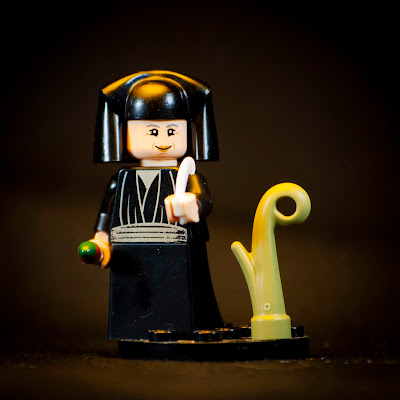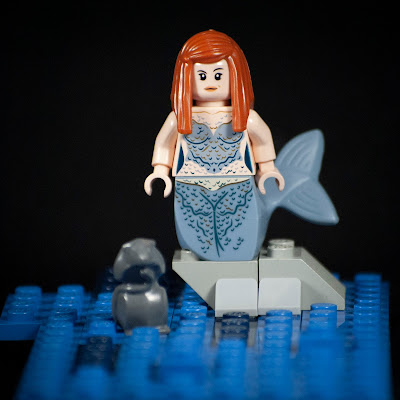St. Seraphim of Sarov
Though St. Seraphim lived well after the schism between the Catholic and Orthodox churches, he is recognized by both, with Pope St. John Paul II referring to him as a saint in 1995.
St. Seraphim is also one of the few saints to leave the Earth, as in 2016, cosmonaut Sergei Zalyotin carried a relic of St. Seraphim on his 155 day journey aboard the International Space Station.
Lifetime: July 30, 1754 to January 14, 1833
Region: Sarov, Russian Empire
Patronages: Nuclear weapons
Iconograpy: Peasant clothes; Bear
Feast Day: January 2
Region: Sarov, Russian Empire
Patronages: Nuclear weapons
Iconograpy: Peasant clothes; Bear
Feast Day: January 2
As a monk, Seraphim abstained from all food on Wednesdays and Fridays, and ate only one small meal other days. He also slept little in order to spend more time in prayer. Soon, he received permission from one of the monastery's elders to retreat alone into the forest for solitary prayer and contemplation. Unfortunately, Seraphim fell ill again and was bedridden for three years, before being healed again by a vision of Mary.
After Seraphim took his monastic vows and received the name Seraphim, his asceticism and prayer became even more dedicated. He began seeing visions of angels, and eventually even of Jesus himself.
Later, Seraphim started spending even more time in nature, at a hermitage in the wilderness a couple miles from the monastery. During this time, animals would come visit him. One witness even described a wild bear coming to eat out of Seraphim's hand.
For years, Seraphim lived off only the vegetables he grew in the garden outside his hut. For three of the years, he didn't even partake of proper vegetables, living instead off grass alone.
One day at the hermitage, robbers stumbled upon the monk outside his little shack in the woods and beat and trampled Seraphim until they were sure he was dead. They didn't get any treasure, though; all that was in the hermitage with the future saint was an icon of Mary, in front of which he prayed daily. Seraphim took months to heal and wasn't able to go back to the hermitage while he recovered, and had a hunch back for the rest of his life, but when the robbers were caught, he attended their trial and begged the judge to show mercy on them.
After he was able to retreat again, Seraphim started practicing even more extreme asceticism. For a thousand days, he stood on a boulder in prayer day and night, only lowering his arms to eat and sleep. He spent most of his time in the wilderness alone, but eventually he received another vision of Mary asking him to allow visitors to benefit from his prayer and wisdom.
Seraphim died kneeling in front of an image of the Theotokos in prayer. That icon today is kept in the Patriarch of Moscow's residential chapel today.
Hymn to St. Seraphim (Kontakion Tone 2)
Having left the beauty of the world and what is corrupt in it, O saint,
thou didst settle in Sarov Monastery.
And having lived there an angelic life,
thou wast for many the way to salvation.
Wherefore Christ has glorified thee, O Father Seraphim,
and has enriched thee with the gift of healing and miracles.
And so we cry to thee:
Rejoice, O Seraphim, our righteous Father.






